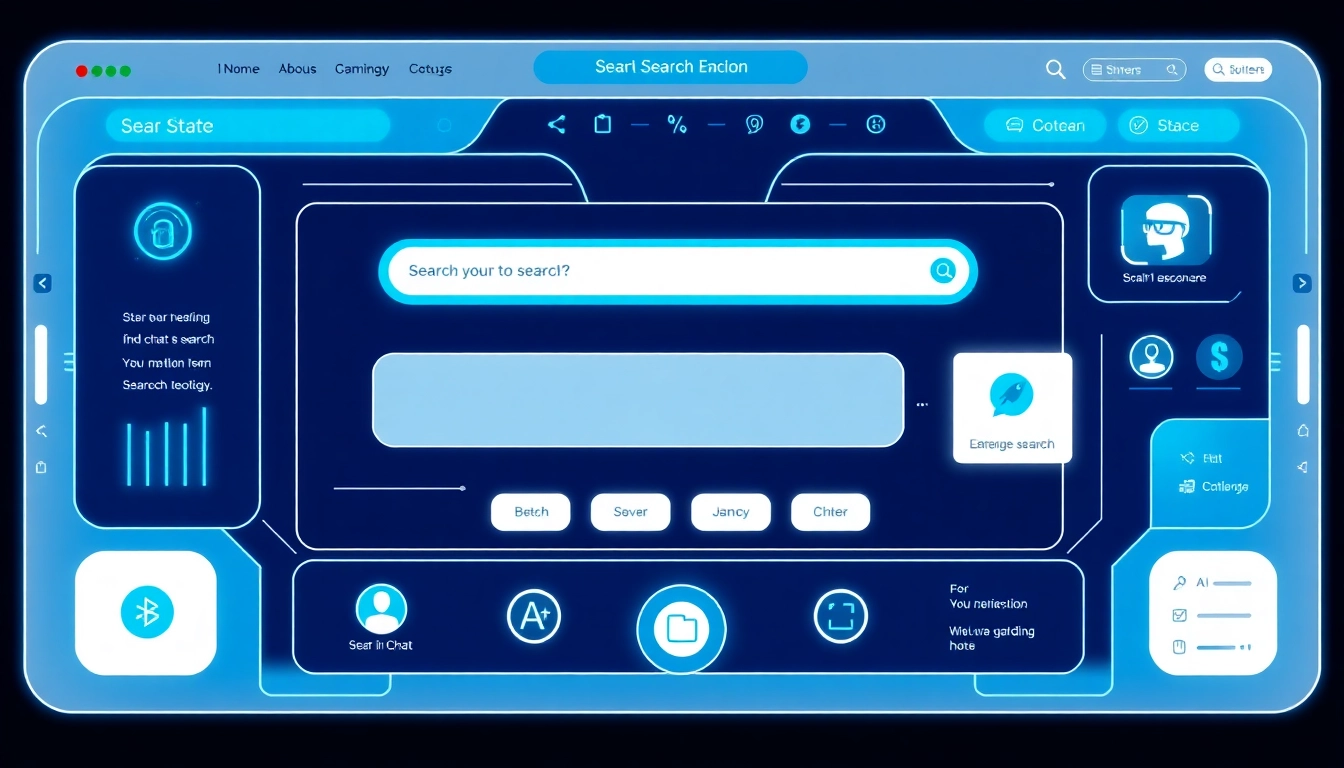What is Agentic AI?
Definition and Explanation
Agentic AI refers to a category of artificial intelligence designed to operate autonomously, making decisions and executing tasks without continuous human oversight. By leveraging advanced algorithms and machine learning techniques, Agentic AI systems can tackle complex, multi-step problems that traditionally relied on human intervention. They represent a significant evolution in the AI landscape, focusing not only on generating content or responses but on taking actions designed to achieve specific goals effectively.
Key Characteristics of Agentic AI
- Autonomy: Agentic AI systems function independently, setting them apart from traditional AI, which primarily acts under human guidance. This autonomy allows them to respond to dynamic environments and make real-time decisions.
- Analytical Reasoning: With sophisticated reasoning capabilities, agentic AI can analyze vast amounts of data, recognize patterns, and predict future trends, ultimately enhancing its decision-making efficiency.
- Iterative Learning: These systems learn from their experiences, gradually improving their effectiveness. They adapt to various scenarios, making them more versatile and useful over time.
- Goal-Oriented Behavior: Agentic AI focuses on achieving explicit objectives, employing iterative planning and actions to fulfill these goals without needing continuous input from human operators.
Difference Between Agentic and Generative AI
While both Agentic AI and Generative AI are pivotal components of the modern AI landscape, they serve different functions. Generative AI is primarily concerned with producing content, whether it be text, images, or music, based on input data and user requirements. For example, platforms like GPT-3 generate human-like text based on prompts but need a user to specify what to create. In contrast, Agentic AI actively makes decisions and takes actions, often optimizing processes or workflows without direct user interaction. This critical distinction highlights their complementary roles within AI applications—one is about creation, while the other is geared towards agency and action.
Applications of Agentic AI
Industries Benefiting from Agentic AI
Agentic AI is transforming various industries by enhancing efficiency, improving decision-making, and driving automation. Some key sectors include:
- Healthcare: In healthcare, agentic AI can analyze patient data to recommend treatment plans, monitor patient progress, and even manage appointment scheduling. This allows healthcare providers to focus more on patient care and less on administrative tasks.
- Finance: Financial institutions utilize agentic AI to detect fraud, automate trading decisions, and manage consumer lending. These systems can analyze market trends and make real-time decisions that would take humans much longer to assess.
- Manufacturing: Manufacturing industries deploy agentic AI for predictive maintenance and optimizing supply chain logistics, reducing downtime and increasing operational efficiency.
- Retail: Retailers use agentic AI for inventory management, demand forecasting, and personalized marketing strategies, enabling them to enhance customer engagement and satisfaction.
Real-World Examples and Case Studies
Several leading organizations have successfully implemented Agentic AI initiatives. For instance, Google Cloud has integrated agentic AI to optimize resource allocation in their data centers, reducing energy consumption and operational costs. Also, companies like NVIDIA are pioneering agentic AI frameworks that allow businesses to solve complex problems autonomously, further exemplifying its potential.
In the healthcare sector, IBM’s Watson Health uses agentic AI to analyze medical literature and clinical data, assisting healthcare professionals in making informed decisions regarding patient care. By interpreting massive datasets in real-time, Watson demonstrates the capability of agentic AI to support high-stakes environments where timely, data-driven decisions are crucial.
Integrating Agentic AI into Business Processes
To successfully integrate Agentic AI into business operations, organizations should follow these steps:
- Identify Use Cases: Organizations must assess their processes to determine where autonomous decision-making could yield significant improvements in efficiency or accuracy.
- Data Preparation: High-quality data is crucial for training effective agentic AI systems. Businesses should invest in data cleaning and structuring efforts to ensure the AI has the necessary information to learn and operate effectively.
- Implementation: A phased rollout can help mitigate risks during deployment. Start with pilot projects that allow for gradual testing and adjustments based on real-world performance.
- Monitoring and Evaluation: Continuous assessment of agentic AI’s effectiveness is essential. Organizations should establish metrics to evaluate performance and make necessary adjustments over time.
Benefits of Implementing Agentic AI
Efficiency and Productivity Gains
Agentic AI technologies streamline workflows by automating routine tasks. As they take over repetitious processes, organizations can redirect human resources towards more strategic activities, driving both productivity and innovation. For example, logistics companies using agentic AI can optimize route planning in real-time, resulting in faster deliveries and significant fuel savings.
Cost-Effectiveness of AI Solutions
Implementing agentic AI can lead to substantial cost savings by reducing labor costs and minimizing error rates. In manufacturing, for instance, predictive maintenance powered by agentic AI anticipates equipment failures, enabling timely repairs that avoid costly production downtimes. The initial investment in AI technology is often outweighed by the long-term savings generated from enhanced operational efficiencies.
Enhancing User Experience through Automation
Customers today expect fast, personalized service, and agentic AI can significantly enhance the user experience. By automating customer service processes, businesses can provide instant responses to inquiries and tailor recommendations to individual preferences. Chatbots and virtual assistants powered by agentic AI algorithms can improve service delivery and customer satisfaction, fostering loyalty and repeat business.
Challenges and Limitations of Agentic AI
Current Technical Limitations
Despite its advantages, Agentic AI technology faces several technical limitations. These include:
- Scalability: Implementing agentic AI systems can be complex, and scaling these solutions appropriately to handle larger datasets or interactions can prove challenging.
- Context Understanding: While agentic AI can process data and make decisions, understanding nuanced context in certain scenarios—like emotional tone or cultural references—remains a challenge.
- Long-Term Memory: Current implementations often struggle with retaining memory over time, limiting their ability to learn from past interactions for future improvements.
Ethical Considerations in AI Autonomy
The autonomy of agentic AI raises critical ethical issues. For instance, decision-making transparency is paramount; stakeholders must understand how and why a system makes certain decisions. Additionally, accountability becomes a significant concern, especially in sectors like healthcare or finance, where poor AI decisions could have severe consequences. Developing clear guidelines and frameworks will be vital as organizations integrate agentic AI into their operations.
Future Risks and Mitigation Strategies
As agentic AI continues to evolve, organizations must navigate potential risks, including technology reliance and job displacement. Balancing automation with the need for human intervention will be crucial. Employees should be reskilled to manage AI technologies effectively and embrace shifts in workforce dynamics, fostering a collaborative relationship with technology.
Future Trends in Agentic AI
Predictions for Industry Evolution
The trajectory of agentic AI suggests its proliferation across multiple sectors. Analysts predict that as processing capabilities improve, more industries will adopt AI-driven solutions. This expansion will be driven by the need for higher efficiencies and enhanced decision-making capabilities in an increasingly competitive landscape.
Innovations on the Horizon
Research into advanced machine learning techniques and neural networks will likely yield innovative agentic AI solutions. Areas such as explainable AI (XAI) are essential for fostering trust in these technologies, ensuring that users can comprehend AI decision processes. Moreover, advancements in natural language processing (NLP) will improve interactions between humans and machines, allowing for more intuitive performance in customer service and support applications.
Preparing for Agentic AI in the Workplace
Organizations must prepare for the integration of agentic AI by investing in training programs that cultivate AI fluency among employees. By ensuring that staff understands the capabilities and limitations of AI, organizations can effectively harness its potential while maintaining an engaged, skilled workforce. Additionally, developing frameworks for ethical AI use will be essential in guiding responsible implementation and usage.



